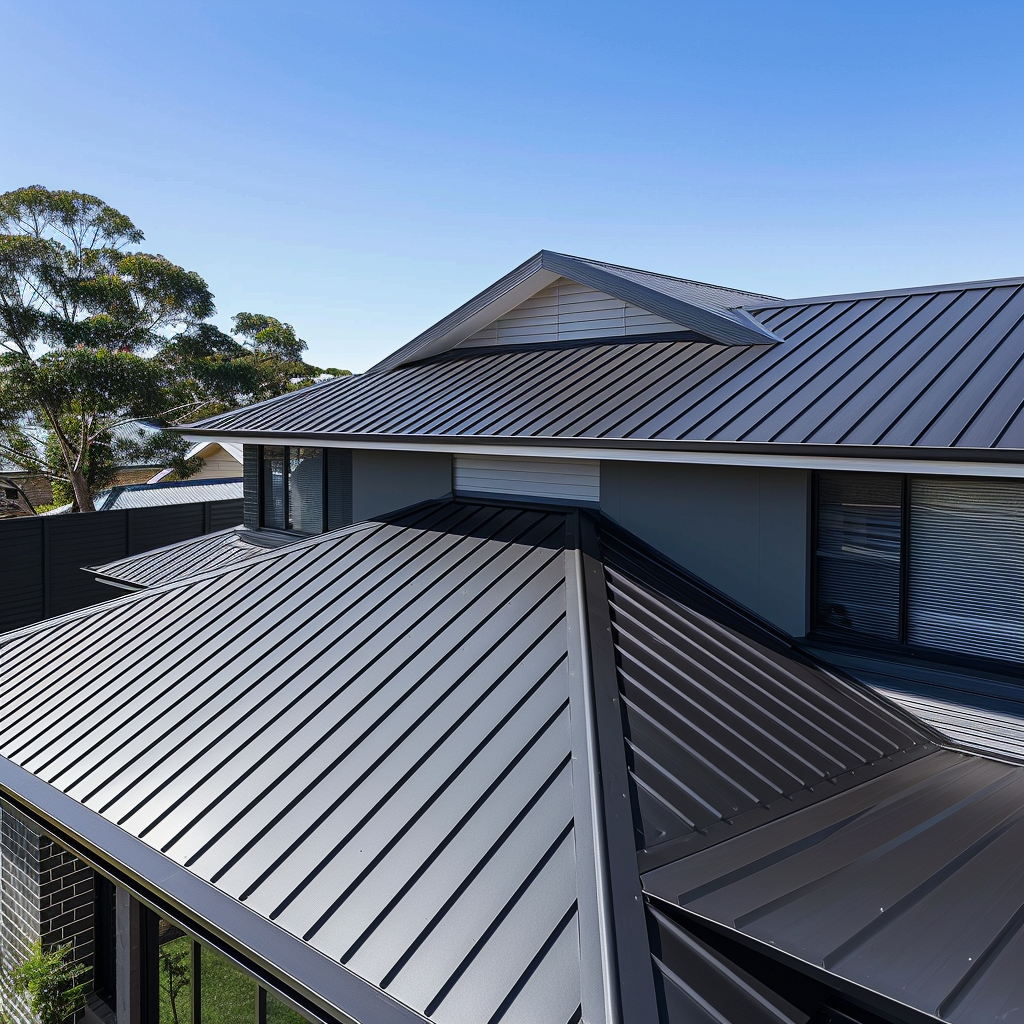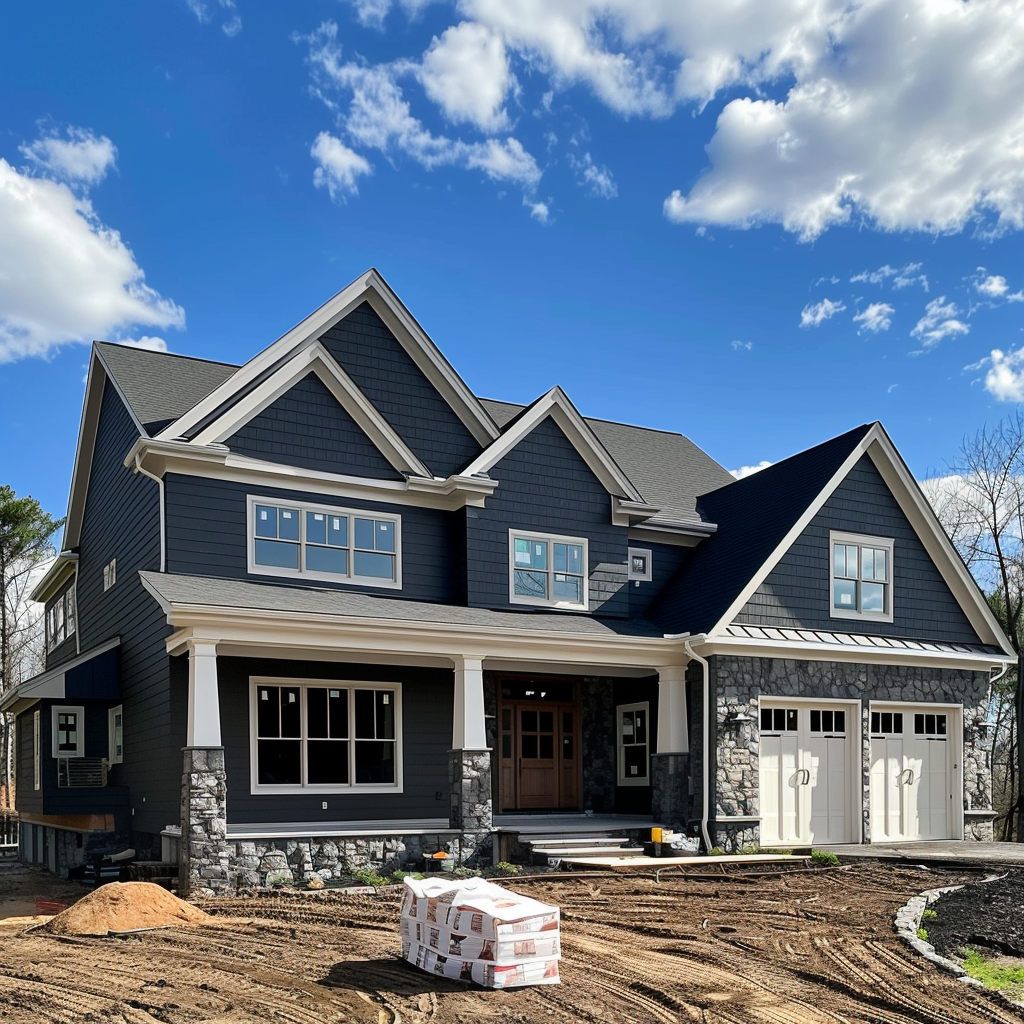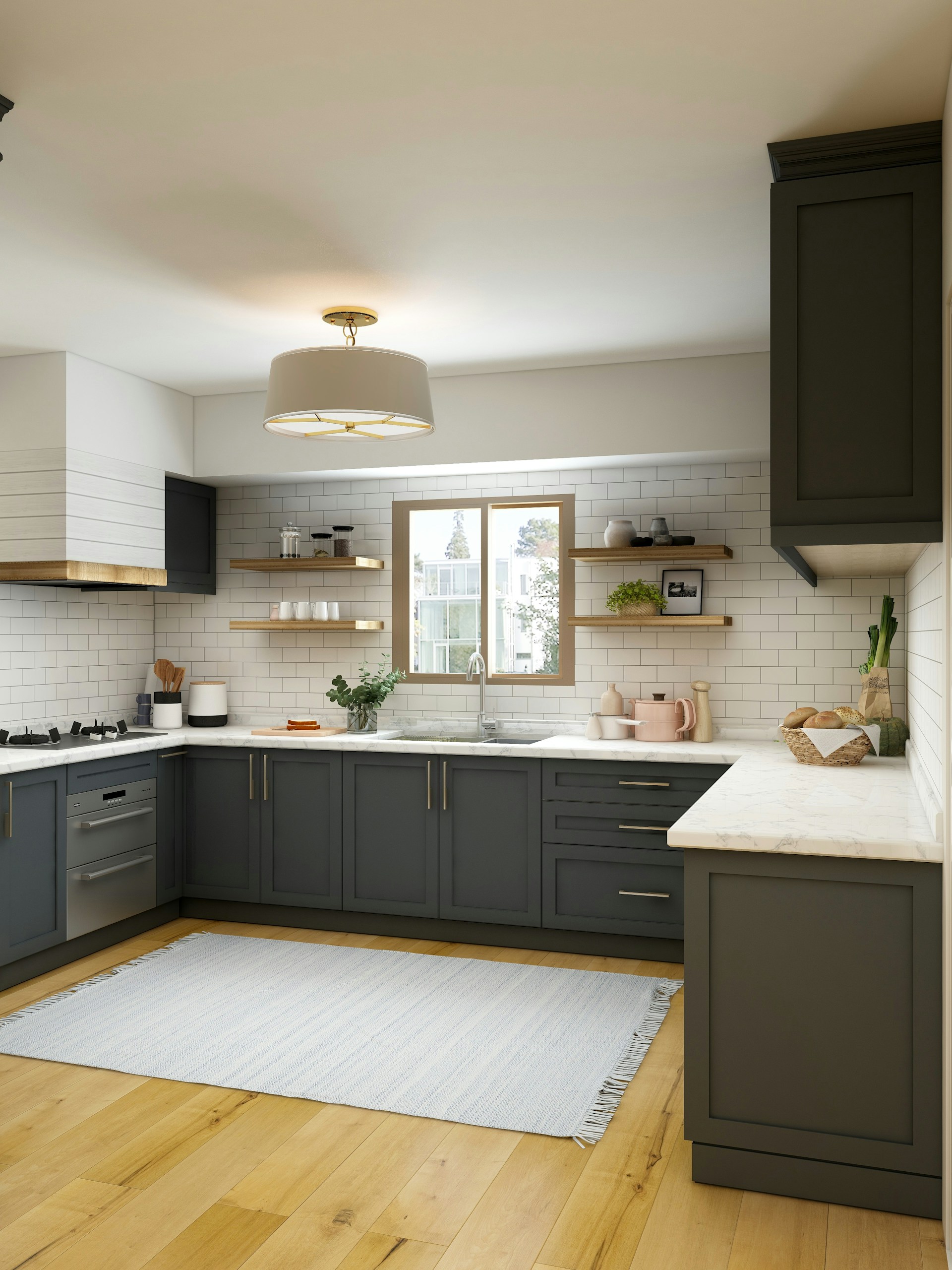
LANDCONNECT — 05 March 2020
Corner Lots: 7 Things You Need To Know
Corner lots provide a unique opportunity for buyers
nce you have built your house, the location of your lot is the one thing you can never change about your home. Building a house on a standard lot can seem daunting enough.
What about a corner lot?
Yes, a corner block can offer the flexibility of dual access, but will their setbacks impact the design of your home?
Yes, it’s true, you will have one less neighbor to worry about, but are they noisier than a regular block?
We have compiled some common questions that arise when considering a corner block. Their unique positioning offers distinct advantages, but can their drawbacks impact your build?
Let us find out!
Unique setback rules

The most common concern that arises with corner lots is that they are subjected to specific setback rules.
You should be aware of the distance you can build from the boundaries may vary for your corner lot. This can result in less land being available to build on, which can be an issue if you are considering a smaller block of land.
An example of this is when the lot might be 14m wide, so you immediately think you can build a floorplan designed for a 14m wide lot. In many cases, this may not be the case due to the additional setback requirements, so you may have to consider designs that are suited for 12.5m lots instead.
Setback rules will vary depending on the location of your block; your sales consultant can advise you correctly.
Setbacks may impact your floor plan choice
Given you may have additional setback requirements, it is essential to emphasize that this can reduce your building envelope (the area on the lot of land where you can build). This may result in being limited to the floor plan you can select. So, if you have your heart set on a floor plan, make sure you consult your builder before purchasing the land.
During your quest to find the perfect block of land, remember to consider the future. A highly functioning floor plan will not only add value to your lifestyle, but it can also determine the value of your home too.
Corner treatments
Corner treatments are created to encourage visually appealing streetscapes designed to benefit the entire neighborhood. As your home will be addressing two streets, most developers will require your floor plan facade to attend to the secondary street frontage as well.
Your builder will accommodate this by placing a design feature to address both streets. This can include additional windows or pillars. Check your estate covenants to see the guidelines that apply to your block of interest so that you don’t overextend your budget.
Fence
The rules get interesting when it comes to corner blocks. Depending on where you build, there may be additional considerations concerning fence height. In some areas, you might have to install a fence at a reduced height. This should be discussed with the land agent or builder to determine if this applies, as you may need council consent and a building permit if you wish to construct a higher fence.
Solar access

It’s a well-known fact that solar panels add value to the environment, but did you know that they also increase the value of your home? Every home needs some form of electricity. Solar panels help reduce the cost of your bills, which in return adds to the resale value of your house!
Depending on the orientation of your lot, your corner block might be perfect at capturing sunlight.
You can test your lot here to determine if that would be the case.
Noise consideration
Commonly people bring up the idea that you will have more noise due to your block addressing two streets. This concern is entirely location-dependent and may apply on busier streets. However, if you have found a corner block of your dreams, but you are concerned about noise pollution, the great news is, there are plenty of sound-reducing solutions that cover a range of budgets.
Double glazed windows are the simplest and most effective way to minimize external noise. Not only do they keep your home a quiet haven, but they also improve the thermal insulation within your home, reducing energy costs!
Dual Access

In some situations, you may get the opportunity for side access. This can be particularly helpful for tradespeople as it provides clear and easy access for large machinery and tools. The flexibility of direct access can reduce the cost of construction and limit the disruption to your home!
Value
One of the primary reasons people are attracted to corner lots is the value they provide; often, these lots are avoided by buyers because of a lack of understanding. The prices on corner lots, as a result, will be at a more favorable price when compared to the lot next door.
If you are on very specific budget, corner lots present an excellent opportunity to get into the market.
Conclusion
If you find a corner lot that you think maybe the ideal buy, but you’re concerned it might harbor drawbacks, we suggest you engage in a conversation with your preferred builder early in the process.
Chances are they will have experience in that area so they can advise you of any building regulations associated with that lot. Their expertise will help you weigh up the pros and cons so that you can make an informed decision. Doing this will ensure you don’t have to compromise on the design of your home without overextending your budget.
Each property is unique, and your home will reflect your taste and lifestyle.
Now that you understand some of the ins and outs of building on a corner block, the only thing left is to get out there and find your dream block of land!



